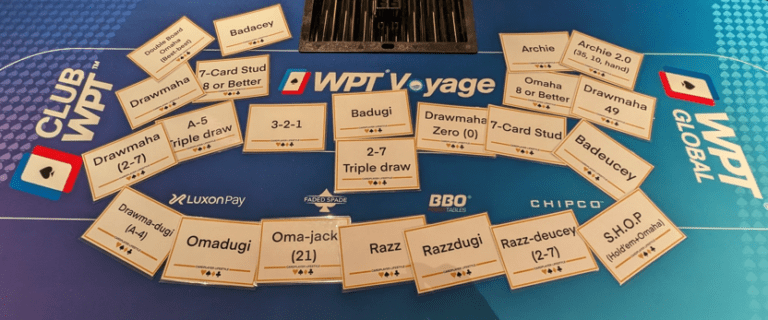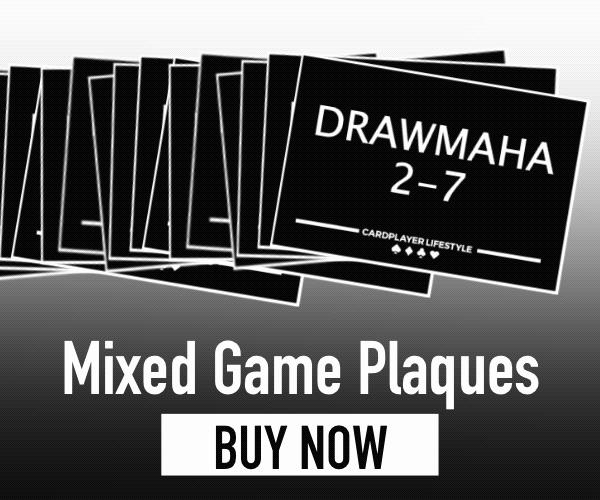C-betting or continuation betting is one of the most common, as well as misunderstood, plays in poker. To employ it is pretty straightforward: you raise pre-flop, then get called, then raise again on the flop, whether you have hit the board or not. Yet, the success of a c-bet is heavily dependent upon the kind of opponents you are playing against as well as, importantly, board texture. Understanding the difference between wet and dry boards is key should you strive to be unpredictable and profitable in the long run.

Understanding the Board Texture and Looking for Parallels in Playing the Game
Before we dive too far into strategy, it’s important to understand how the texture of the board alters everything about how you should play. A “wet” board has connected or suited cards for multiple possible draws, e.g., 9s 8s 7d. By comparison, a ‘dry’ board does not draw, such as Kd 7c 2s. The amount of interaction between the board and your opponent’s likely range relative to your own should determine whether you c-bet or not.
It’s not that different from blackjack strategy. When you look at blackjack casino options explained in expert reviews, players are shown adapting to shifting odds, reading the dealer’s visible card, and adjusting their decisions in real time. It’s the same core process poker players use, namely spotting patterns, timing moves, and avoiding reliance on luck alone.
The online gambling environment has made this kind of analysis a second nature for a lot of players, not least of which because modern blackjack tables now come equipped with stat tracking and real-time advice on playing strategy. Each decision at an online table changes with the hand, where risk and reward balance one another with each change. Poker is no different, and having a flexible and speedy ability to read opponents and hands is equally important.
C-Betting on Dry Boards
Dry boards are the ideal ground for a lot of c-bets to be made. With fewer combinations to be able to connect strongly with the flop, your opponent will often miss out and be left with nothing but overcards or weak pairs. A classic one is an As 7d 2c board after you have raised pre-flop from the button. Your hand seems to be in a solid range with a lot of possible top pairs, and your opponent’s defending range when sitting in the blinds will be missing more.
The idea here is to maintain pressure and obtain representation of value. A small consistent c-bet will often work the best because it does not risk too much but puts the opponent in an awkward spot. Most of the time, you will be able to take the pot down without much resistance. However, it is important not to go overboard. If your opponent is capable of floating over with intention calling with weak hands just to take away the pot later, you will need to occasionally check back to balance things out. This helps you to hedge your checking range and prevents the strategy you use from being predictable.
C-Betting on Wet Boards
When the flop comes out with multiple draws or strong connections, you are looking at a wet board. Think Js 10s 9d or 8h 7h 6c. These textures strike a large variety of hands that your opponent could have, from straight and flush draws to middle pair with great potential. On these boards, a travelling blind continuation bet with no thought can lead to a quick backfire.
C-betting less often and with better hands is the key. In doing so, you will want to mix in more checks, especially with some equity, if you don’t have a made hand yet. If you have a top pair with a decent kicker or you’re on a draw yourself, then betting can still be profitable, but sizing is very important. If a bet is made that does not quite leave you with a lot of chips, you can bet your hand and charge your opponent for drawing.
It is also clever to assess the interaction of ranges. In a board like Qs Js 9d, if your opponent called from the blinds, then it is possible that their hand was also a straight or flush draw if they called correctly. In these situations, counter-aggression with awareness. Protecting your checking range in such a way can make any future turns and river bluffs more believable, keeping your opponent guessing as to your true strength.
Adjusting to Different Opponents
C-betting is seldom based solely on board texture. It is also about who is sitting across from you. Some players fold too frequently to continuation bets, and they are delicious targets for frequent pressure. Others refuse to fold anything with a hint of potential on it, which makes bluffing on wet boards much riskier.
Pay attention to showdowns and timing patterns. If you find an opponent who is folding too much on dry flops, but is sticky in hands with draws, adapt to this as appropriate. You can play this to your advantage by making smaller and more frequent c-bets on dry boards, while tightening up your c-bet range on wetter ones. In multiway pots where there are multiple players, they tend to check more frequently. The more players see the flop, the more someone has the potential to have connected, and your one bet does not have the intimidation factor.





